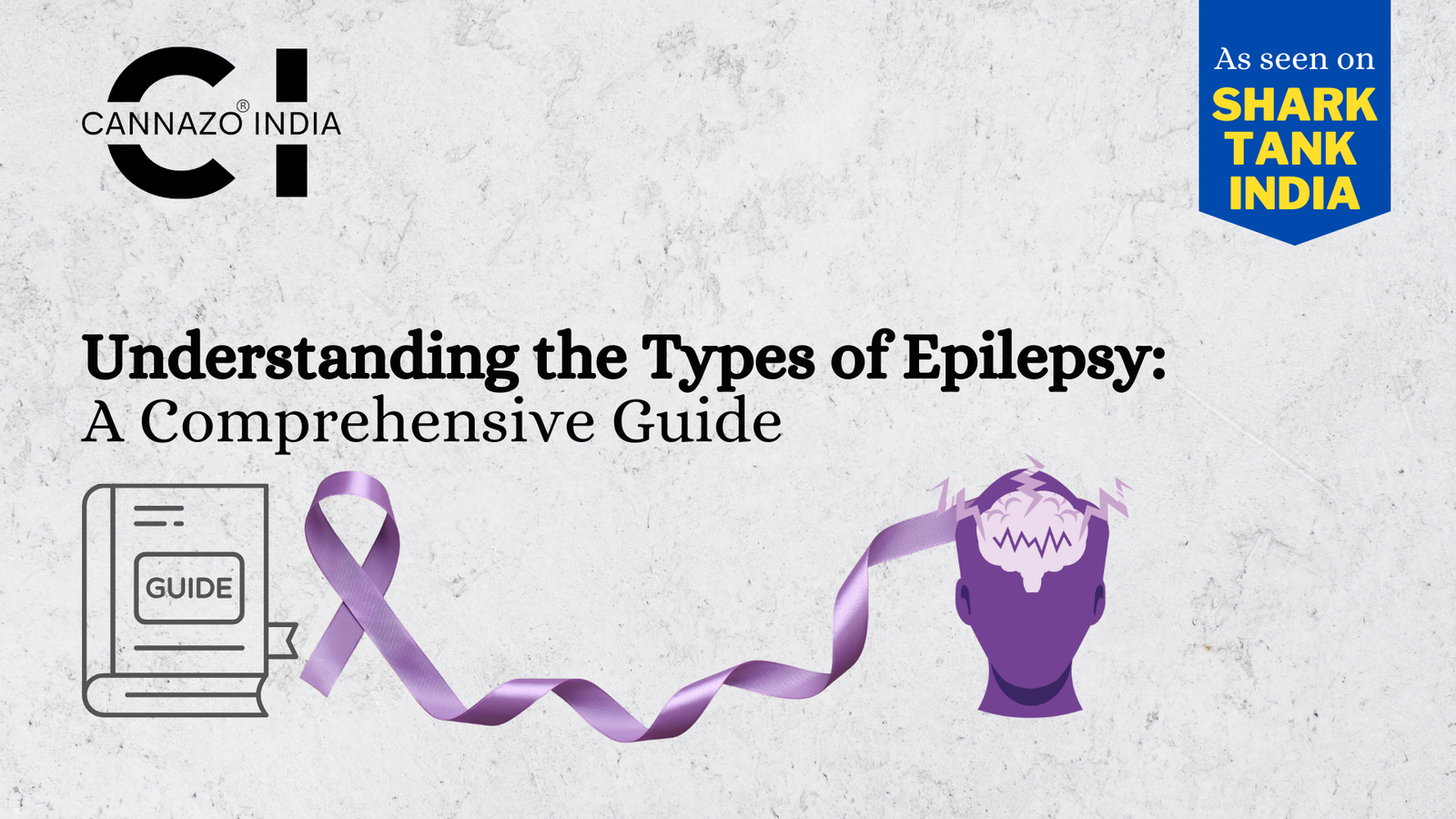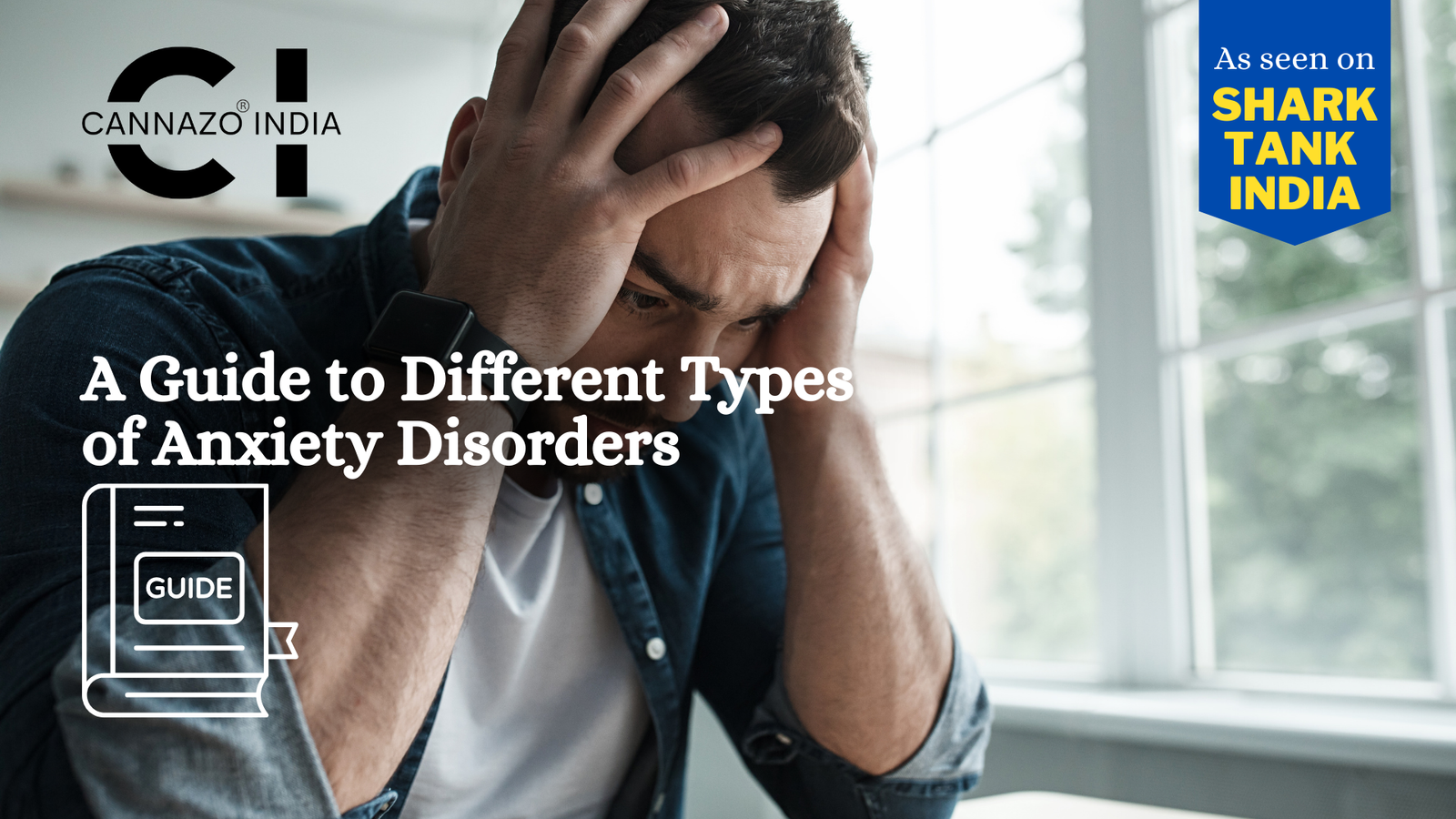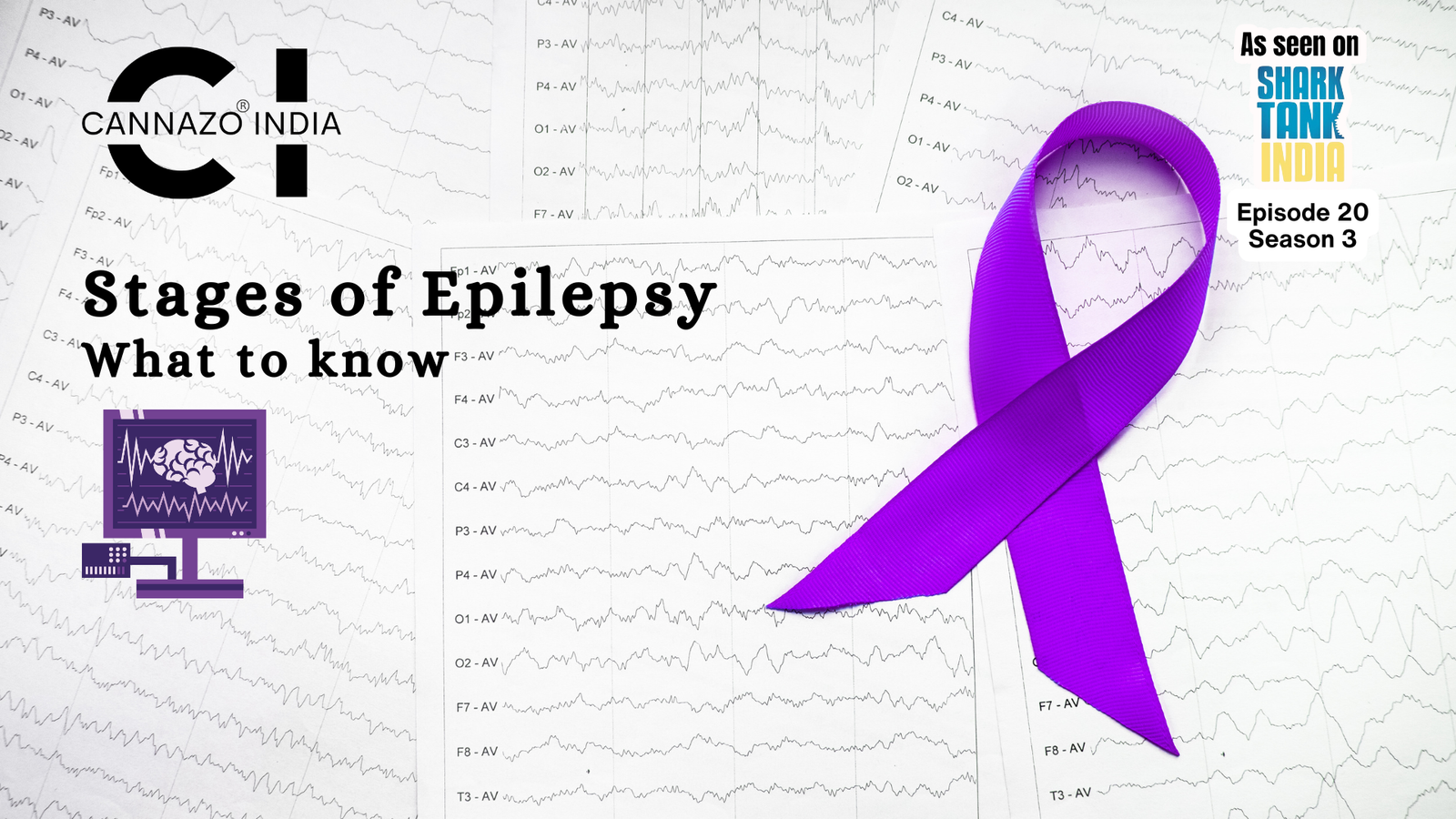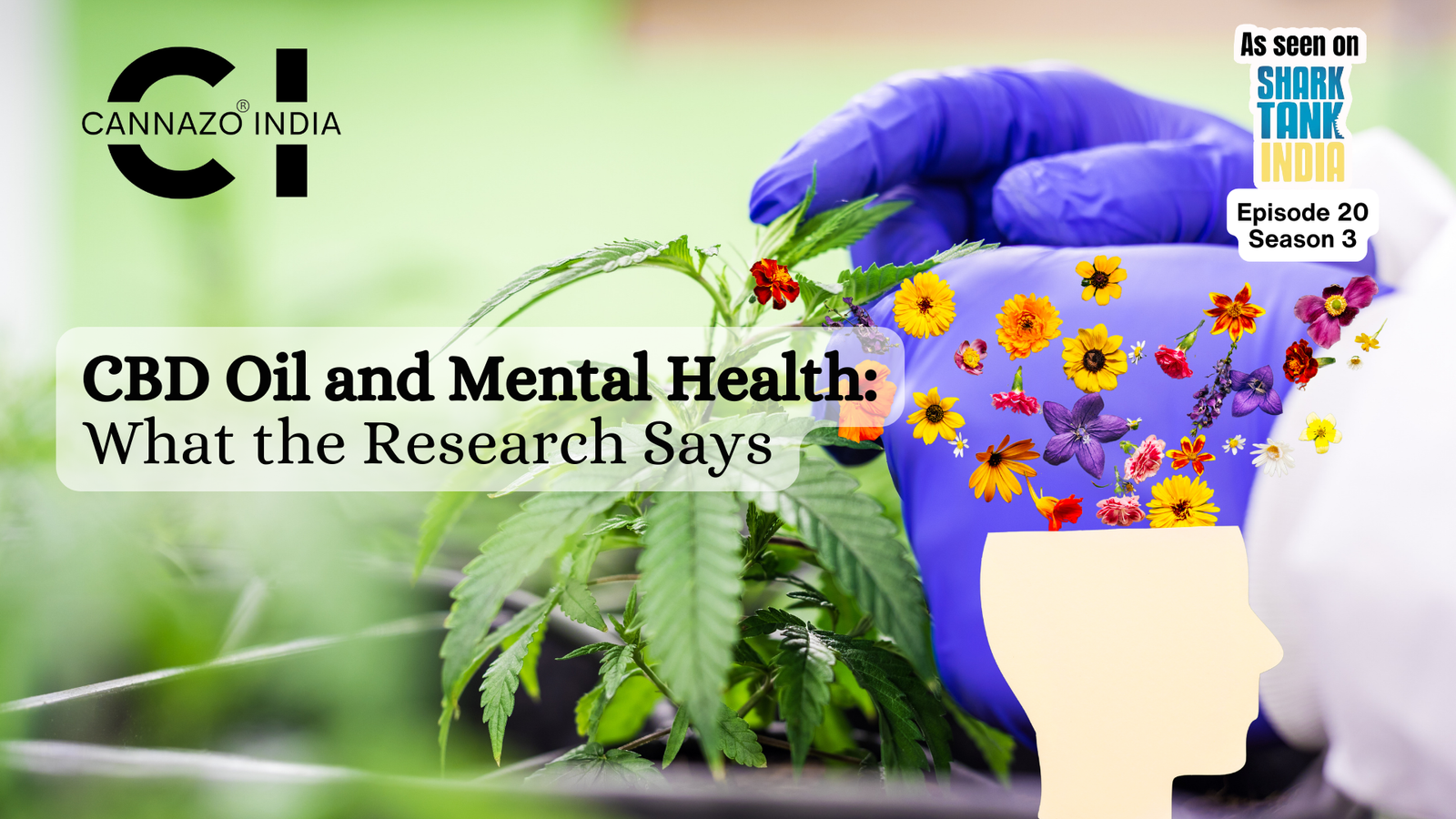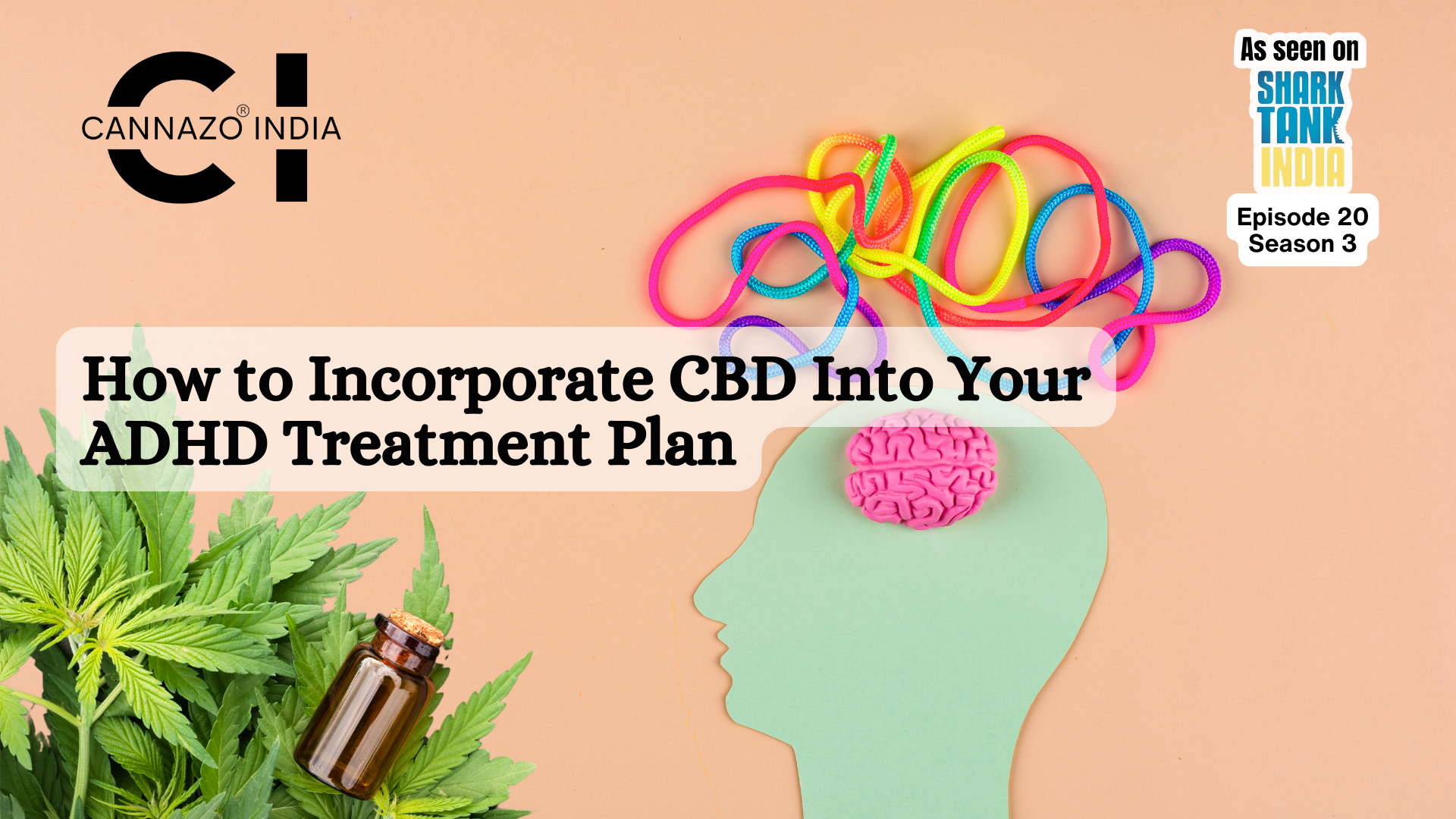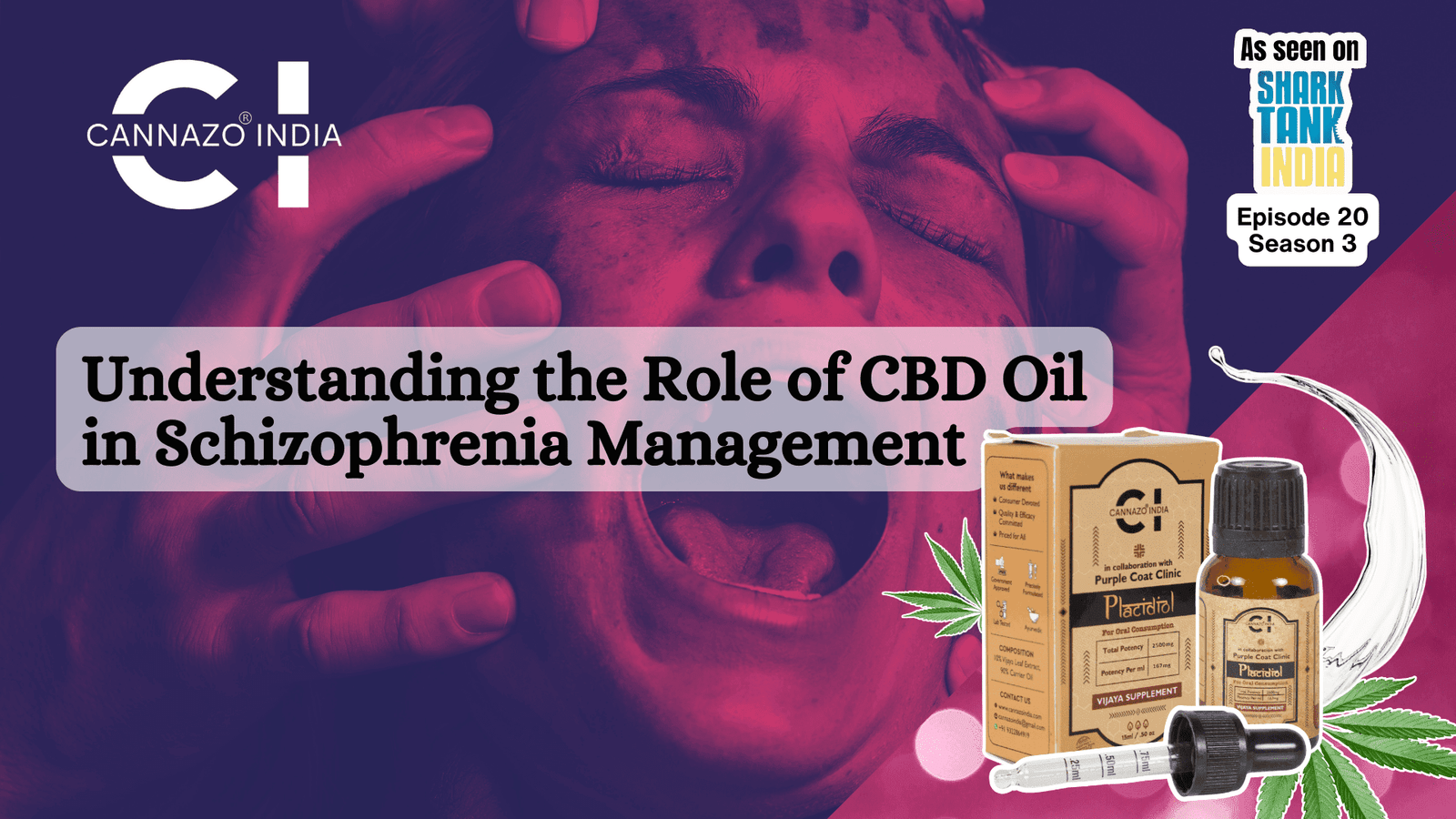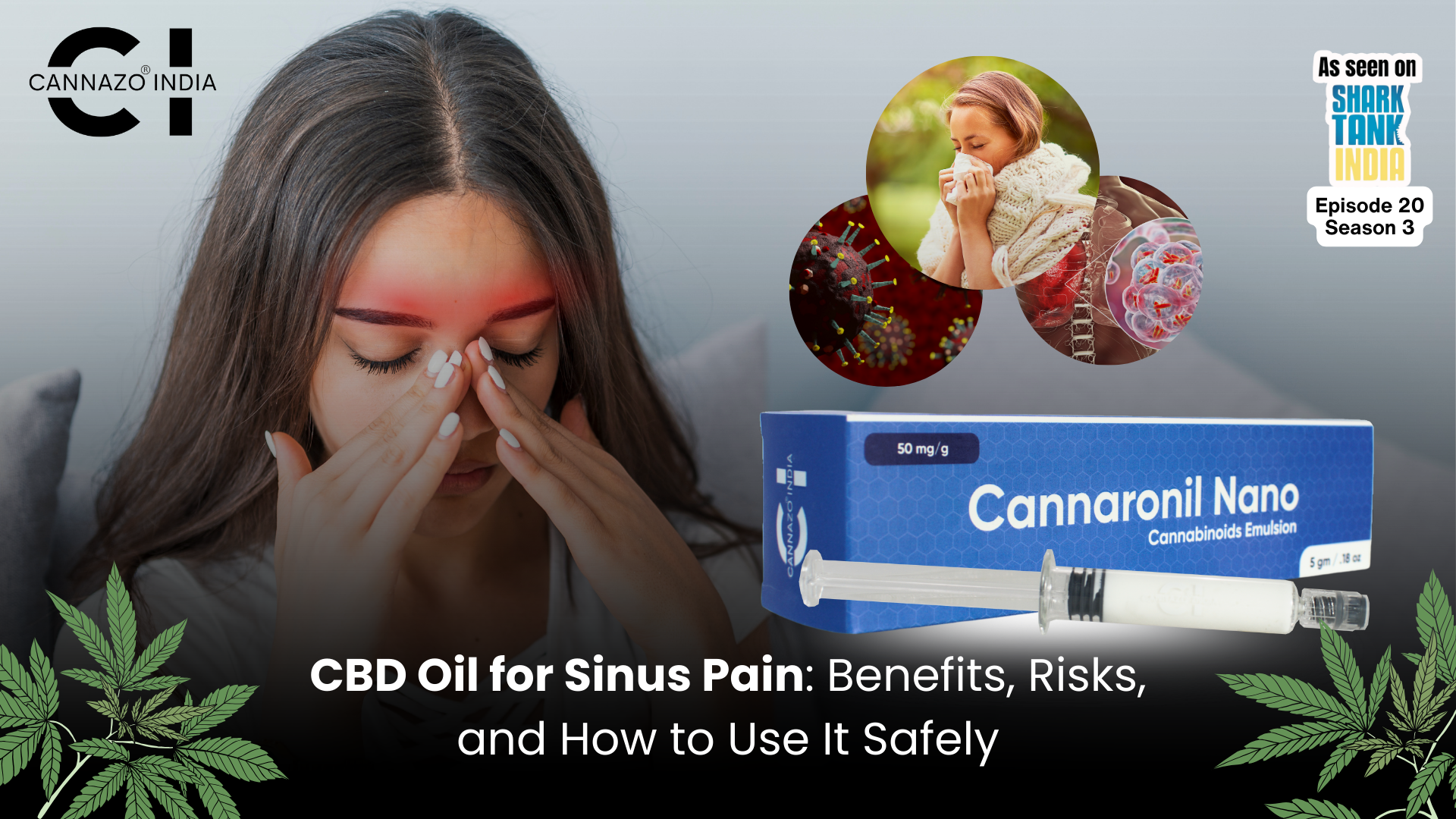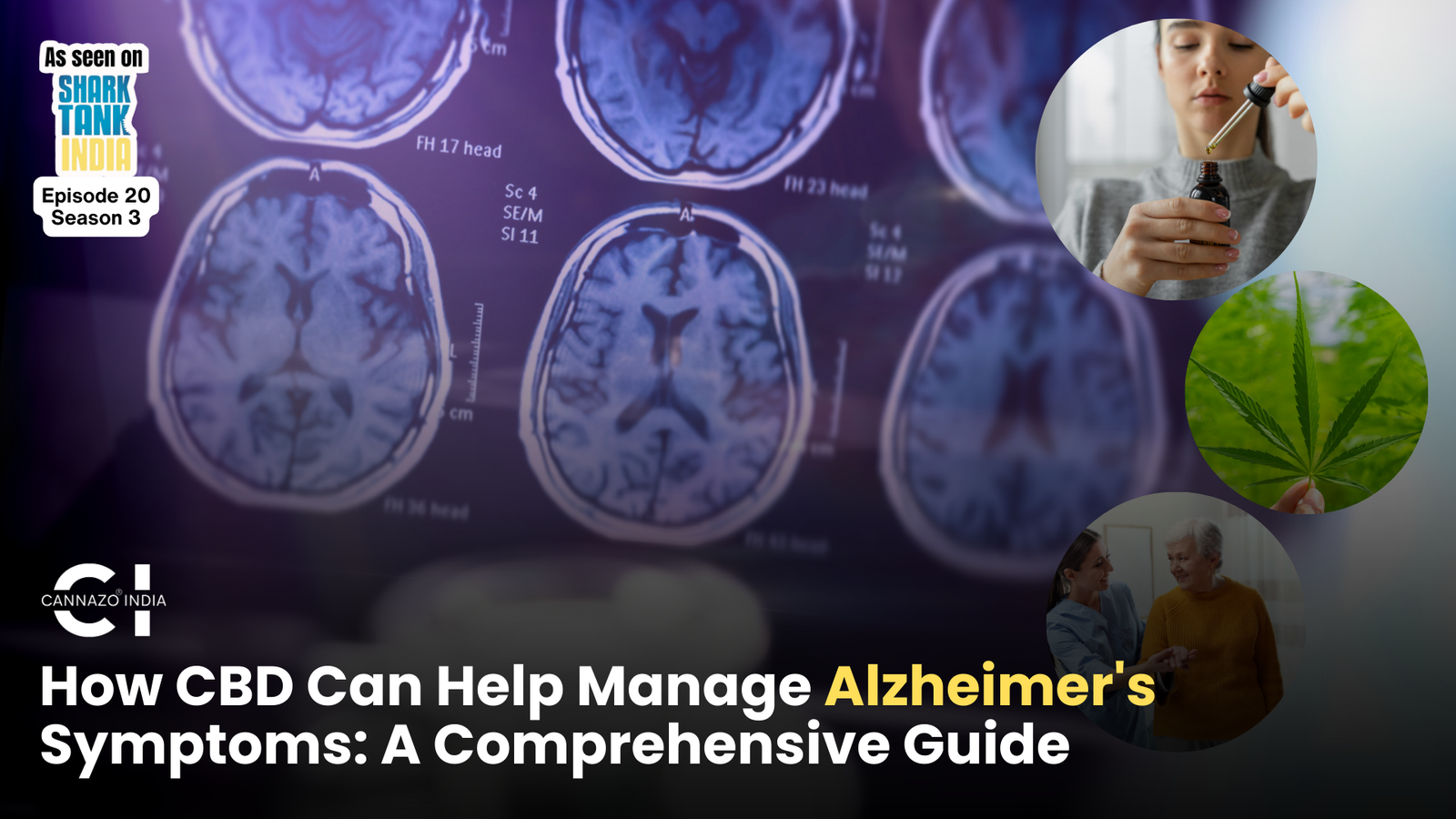Introduction
Fibromyalgia is a chronic condition characterized by widespread pain, fatigue, and cognitive difficulties, often affecting quality of life. It affects the nervous system, amplifying pain signals and causing widespread discomfort. Symptoms include muscle pain, fatigue, sleep disturbances, and heightened sensitivity to stimuli.
Despite ongoing research, the exact causes remain unclear, though it’s often linked to stress, trauma, or genetic predisposition. With traditional treatment options offering limited relief for some, alternative therapies like CBD oil have gained attention for their potential in managing symptoms. [1]
What is CBD?
CBD oil is a natural oil extracted from the cannabis plant that is rich in cannabidiol (CBD), a chemical compound belonging to a class called cannabinoids. These compounds interact with the body’s endocannabinoid system (ECS), which is involved in regulating various physiological processes such as mood, pain sensation, appetite, sleep, and immune function.
Cannabidiol (CBD) is one of over 100 cannabinoids found in cannabis plants. Unlike tetrahydrocannabinol (THC), the main psychoactive compound in cannabis, CBD does not cause the “high” commonly associated with marijuana. Instead, CBD is prized for its potential therapeutic effects, offering a range of benefits without the intoxicating effects of THC.
CBD interacts with the body’s ECS, which includes receptors (CB1 and CB2) found throughout the nervous system and immune system. CBD primarily influences CB2 receptors, which are associated with inflammation and immune responses, and indirectly affects CB1 receptors, which play a role in mood, memory, and pain. By interacting with the ECS, CBD helps maintain balance (homeostasis) in the body.
Understanding Fibromyalgia and How CBD May Help
CBD may help manage fibromyalgia symptoms by interacting with the endocannabinoid system (ECS), which regulates pain, mood, and sleep. By influencing ECS receptors, it may:
- Reduce Pain and Inflammation: CBD can alleviate hypersensitivity and chronic pain common in fibromyalgia by modulating pain perception and reducing inflammation.
- Improve Sleep: Its calming effects may aid fibromyalgia patients struggling with insomnia, promoting more restful sleep.
- Ease Anxiety and Stress: CBD’s anti-anxiety properties can help manage the emotional toll associated with fibromyalgia, improving overall well-being.
This multi-faceted approach may enhance the quality of life for those with fibromyalgia.
How to Choose the Right CBD Oil for Fibromyalgia
Selecting the right CBD oil is crucial to effectively manage fibromyalgia symptoms. Here’s a step-by-step guide to help you make an informed choice:
Opt for High-Quality Products
- Third-Party Testing: Look for CBD oils tested by independent laboratories. These reports ensure the product’s safety, potency, and purity.
- Transparent Labels: Reputable brands display CBD content, ingredient lists, and dosage recommendations. Avoid products with vague or incomplete information.
Choose the Right CBD Type
- Full-Spectrum CBD: Contains CBD along with other cannabinoids (including trace amounts of THC), terpenes, and flavonoids. This may enhance effectiveness through the entourage effect.
- Broad-Spectrum CBD: Similar to full-spectrum but without THC, ideal for those wanting a THC-free product.
- CBD Isolate: Pure CBD, free of other cannabinoids and compounds, suitable for those who want only CBD.
Consider Potency
- Start Low and Go Slow: Fibromyalgia patients often begin with a low-potency oil (5-10 mg per serving) and gradually increase the dosage to find their sweet spot.
- Higher Potency for Severe Symptoms: Choose a stronger concentration (25+ mg per serving) if symptoms are more intense.
Check Ingredients
- Avoid Harmful Additives: Stay away from oils with artificial flavours, preservatives, or fillers.
- Carrier Oils Matter: High-quality carrier oils like MCT oil or hemp seed oil enhance absorption and effectiveness.
Delivery Method
CBD oils come in different forms, including tinctures, capsules, and topicals. Choose based on your needs:
- Tinctures: Offer fast absorption when taken sublingually (under the tongue).
- Capsules: Provide consistent dosing but take longer to take effect.
- Topicals: Target localized pain but may not address widespread symptoms.
- Vape: Vaping CBD involves using a vaporizer to inhale CBD vapour. While it may provide quick relief, caution is needed, especially for those with lung sensitivities or those around second-hand vapour.
CBD Oil Dosage for Fibromyalgia
Determining the right dosage of CBD oil for fibromyalgia can be a personalized process, as it depends on several factors such as your body weight, the severity of your symptoms, and how your body responds to CBD. Here’s a general guide to help you find the optimal dosage:
Start Low and Go Slow
It’s recommended to start with a low dose and gradually increase it to find the most effective amount. This approach allows your body to adjust and minimizes the risk of side effects.
- Starting Dose: Typically, start with 5-10 mg of CBD per day.
- Increase Gradually: After a week, if you don’t experience relief, you can increase the dosage by 5-10 mg every 3-4 days until you find your optimal dose.
General Dosage Recommendations
The right dosage can vary based on individual needs, but some general guidelines include:
- Mild Symptoms: 5-10 mg per day may be enough to manage mild pain, anxiety, or sleep disturbances.
- Moderate to Severe Symptoms: 20-40 mg per day may be necessary for more persistent pain and discomfort.
- Severe Fibromyalgia: Some individuals may need 50-60 mg or more to effectively manage their symptoms.
Consider Body Weight
Larger individuals may need a higher dose, while those with a smaller body mass may find relief with a lower dose. A general rule of thumb is to take 1-6 mg of CBD per 10 pounds of body weight.
For example:
- If you weigh 150 pounds, a dosage range of 15-30 mg may be suitable.
- If you weigh 200 pounds, you might require 20-40 mg per day.
Monitor Your Symptoms
Track your symptoms and adjust the dosage based on your response. If you experience any side effects such as drowsiness, dry mouth, or changes in appetite, you may need to reduce the dosage.
Consult with a Healthcare Provider
Always consult with a healthcare provider before starting CBD oil, especially if you are on other medications. They can provide personalized guidance on dosage and ensure there are no contraindications.
Tips for Using CBD Oil Effectively
Start with a Low Dose
- Begin with 5-10 mg per day.
- Gradually increase the dosage to find the optimal amount for your symptoms.
Be Consistent
Take CBD at the same time each day, preferably with meals for better absorption.
Choose the Right Delivery Method
- Tinctures/Vapes: For quick relief.
- Capsules/Gummies: For long-lasting effects.
- Topicals: For targeted, localized pain relief.
Monitor Your Symptoms
- Keep track of pain, sleep, and mood changes in a journal.
- Adjust dosage as needed based on your progress.
Give It Time
CBD may take 2-4 weeks to show noticeable effects, especially for chronic conditions.
Consider Combining with Other Treatments
Pair CBD with physical therapy, exercise, or stress management techniques for enhanced relief.
Consult a Healthcare Provider
Talk to your doctor before starting CBD, especially if you’re on other medications or treatments.
Choose Quality Products
Look for third-party tested CBD oils from reputable brands.
Ensure products are free from contaminants and contain the correct amount of CBD.
Stay Hydrated
Drink plenty of water to avoid dry mouth, a common side effect of CBD.
Precautions
1. Consult with Your Doctor
- Always speak to a healthcare provider before starting CBD, especially if you’re taking other medications or have underlying health conditions.
2. Monitor for Drug Interactions
- CBD can interact with medications, especially those metabolized by the liver (e.g., blood thinners, anti-seizure drugs). Consult your doctor if you’re on prescription medication.
4. Start with a Low Dose
- Begin with a low dose to gauge how your body reacts. Gradually increase the dosage to avoid potential side effects.
5. Avoid Driving or Operating Heavy Machinery
- In rare cases, CBD may cause drowsiness or dizziness. Be cautious until you understand how it affects you.
6. Check for THC Content
- If you want to avoid THC, choose broad-spectrum or CBD isolate products, as full-spectrum CBD may contain trace amounts of THC.
7. Store Properly
- Keep CBD oil in a cool, dry place, away from direct sunlight, to preserve its potency.
Common Side Effects
- Dry Mouth
- Drowsiness or Fatigue
- Diarrhoea
- Changes in Appetite
- Low Blood Pressure
- Liver Enzyme Changes
- Mood Changes or Irritability
Conclusion
CBD oil offers potential relief for fibromyalgia symptoms, such as pain, inflammation, and sleep disturbances, with relatively few side effects. However, its effectiveness can vary from person to person, so it’s important to start with a low dose and gradually adjust based on your response. It’s crucial to consult a healthcare provider before beginning CBD treatment, especially if you’re on other medications, to avoid interactions and ensure safety.
While CBD oil can be a helpful tool in managing fibromyalgia, it should be part of a holistic treatment plan, which may include physical therapy, exercise, and other medical interventions. By choosing high-quality products and monitoring your symptoms, you can maximize the benefits of CBD oil and improve your overall well-being.
References













































